The Shocking Truth About Electric Shock: First Aid Tips You Need to Know
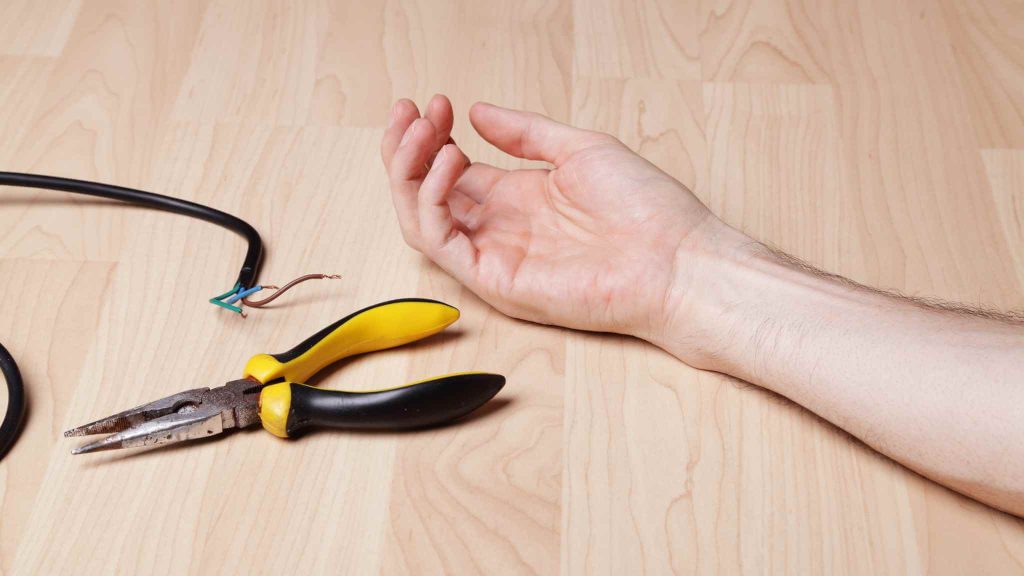
Electricity is an essential part of modern life, but it also poses a significant hazard to our safety. Accidental contact with live electrical circuits can cause electric shock, which can lead to serious injury or even death.
Whether at home or at work, it’s essential to understand the basics of first aid for electric shock. You can undertake an accredited first aid course with LVR (low voltage rescue) or a CPR course with LVR. This is known as LVR CPR /HLTAID009.
Knowing how to respond quickly and effectively to an electrical accident can mean the difference between life and death. In this blog post, we’ll explore the shocking truth about electric shock and provide you with essential first aid, CPR and LVR tips that can help you save a life.
The Importance If First Aid For Electric Shock
Electric shock can cause a range of injuries, from minor burns and tingling sensations to cardiac arrest and death.
Electric shock is responsible for many workplace fatalities and thousands of injuries each year in Australia alone. In addition, electric shock can occur at home, in schools, and other public places. Knowing how to provide first aid for electric shock can help save lives and prevent serious injury, by attending a course such as LVR CPR with a reputable provider.
First aid for electric shock involves taking prompt action to ensure the safety of the victim and minimize the risk of further harm. This may include calling for emergency services, administering cardiopulmonary resuscitation (CPR), or using an automated external defibrillator (AED). The first few minutes after an electric shock are critical, and quick action can significantly improve the victim’s chances of survival.
Moreover, first aid for electric shock can help to mitigate the long-term effects of an electrical injury.
Even if a victim does not display any immediate symptoms of injury, electrical shock can cause damage to internal organs, nerves, and tissues that may lead to complications later on. By providing first aid, you can help to reduce the risk of long-term damage and facilitate the victim’s recovery.
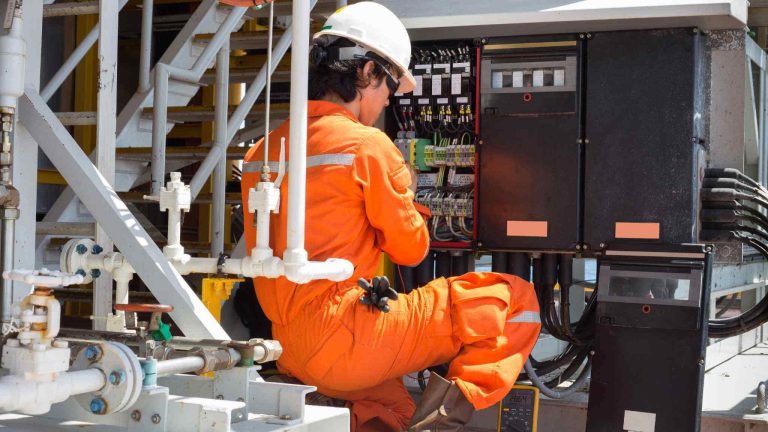
In summary, first aid for electric shock is essential to ensure the safety and well-being of the victim. Knowing how to respond quickly and effectively to an electrical emergency can mean the difference between life and death.
In this blog post, we’ll explore the importance of first aid for electric shock and provide you with essential tips that can help you save a life. We’ll cover the following topics:
- Understanding Electric Shock – We’ll explain how electric shock happens, the different types of electric shock, and the symptoms of electric shock.
- First Aid Techniques for Electric Shock – We’ll provide guidelines for responding to an electric shock emergency, and discuss how to assess the victim’s condition. We’ll explain the steps to take to provide first aid for electric shock, and discuss when to seek medical help.
- Preventing Electric Shock – We’ll provide an overview of the safety measures to prevent electrical accidents, including safety tips for handling electrical appliances and devices. We’ll also discuss the safety guidelines for working with electricity, and provide an overview of the safety measures to take in case of an electrical emergency.
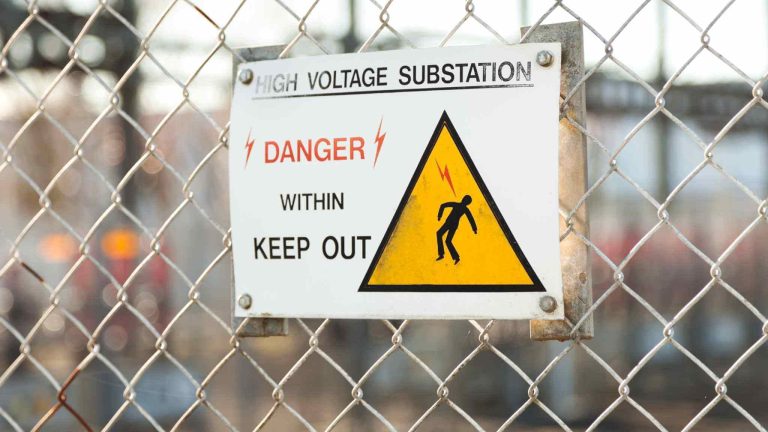
By the end of this blog post, you’ll have a solid understanding of the basics of first aid for electric shock, as well as the knowledge and skills to take action in case of an electrical emergency. Whether you’re at home, at work, or in a public place, you’ll be better equipped to prevent and respond to electrical accidents.
Understanding Electric Shock
Explanation of how electric shock happens
Electric shock occurs when an electrical current passes through the body, which can happen in a variety of ways.
Common causes of electrical shock include faulty wiring, damaged electrical cords or plugs, electrical appliances or tools that are used improperly or in a wet environment, lightning strikes, and contact with high-voltage power lines.
When an electric current passes through the body, it can cause damage to the tissues and organs, and in severe cases, it can be life-threatening.
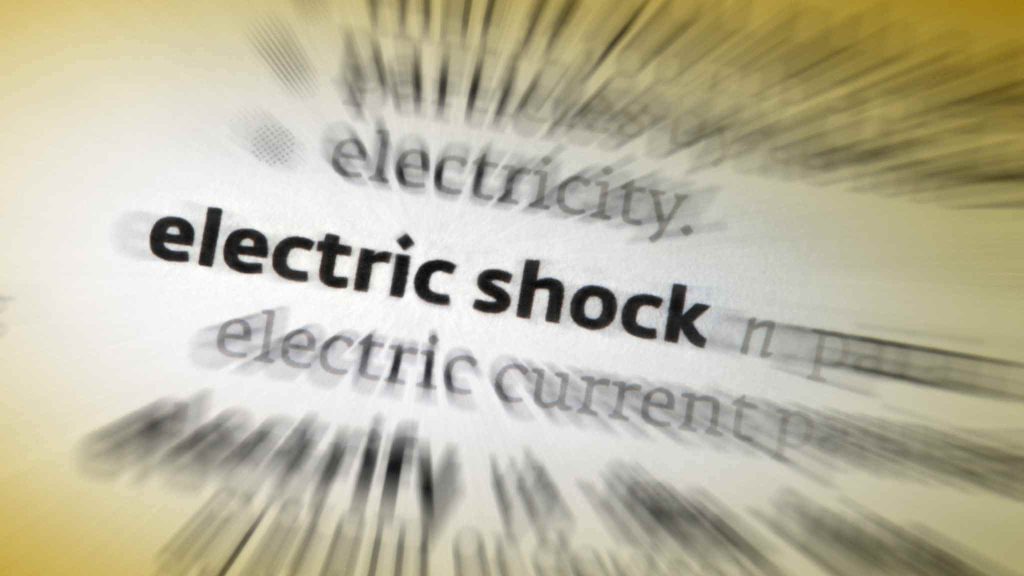
Discussion Of The Different Types Of Electric Shock
There are several different types of electric shock, each with its own characteristics and effects on the body. The most common types of electric shock include:
- Low-voltage shock – This type of shock usually occurs in household or workplace settings and typically involves electrical currents of 500 volts or less. While low-voltage shocks are generally less severe than high-voltage shocks, they can still cause burns, muscle contractions, and even cardiac arrest.
- High-voltage shock – This type of shock usually occurs in industrial or construction settings and typically involves electrical currents of 1000 volts or more. High-voltage shocks can cause severe burns, tissue damage, and even death.
- Electric arc flash – This type of shock occurs when a high-voltage electrical current creates a powerful electrical arc, which can cause serious burns, blast injuries, and even death.
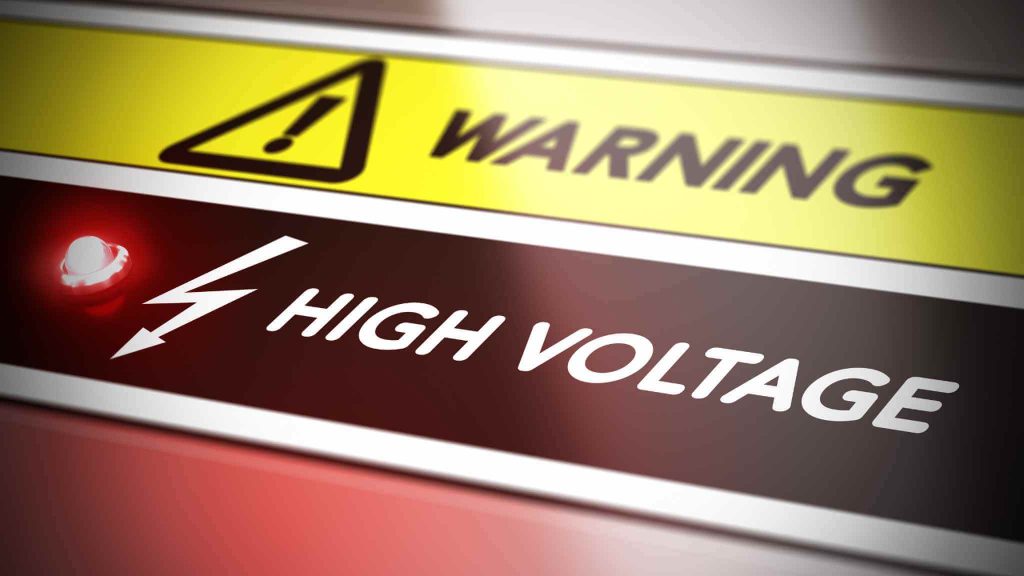
Overview Of The Symptoms Of Electric Shock
The symptoms of electric shock can vary depending on the type and severity of the shock. Common symptoms of electric shock include:
- Burns or blisters on the skin at the point of contact
- Pain or tingling in the affected area
- Muscle contractions or spasms
- Difficulty breathing or shortness of breath
- Irregular heartbeat or cardiac arrest
- Seizures or unconsciousness
It’s important to note that some victims of electric shock may not display any immediate symptoms, but can still suffer from internal injuries or complications that may become apparent later on. Therefore, it’s crucial to seek medical attention after any electrical accident, even if the victim appears to be unharmed.
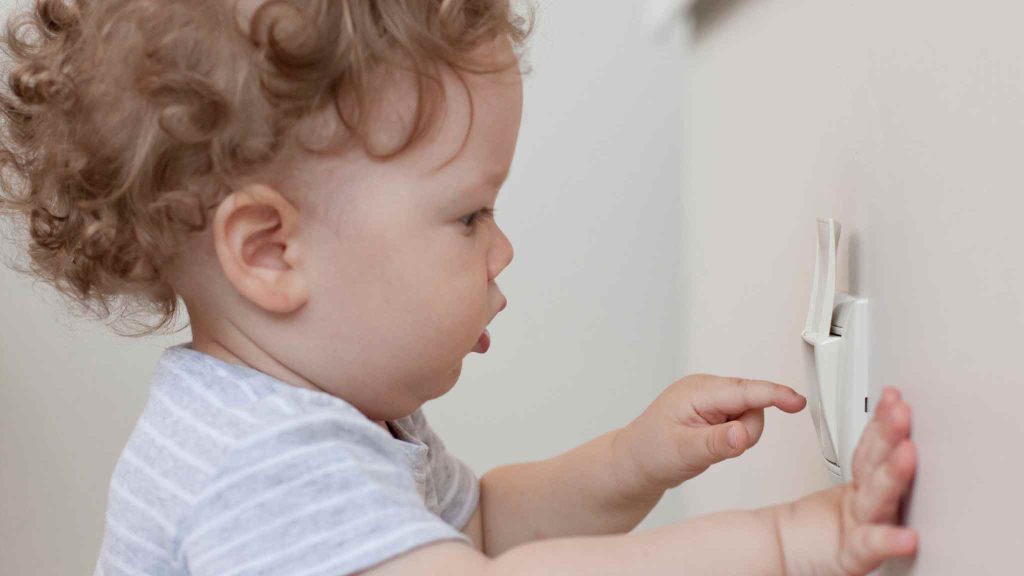
First Aid Techniques for Electric Shock
Guidelines for responding to an electric shock emergency
Electric shock emergencies require quick and decisive action. If you encounter someone who has suffered an electric shock, follow these guidelines:
- Turn off the source of electricity if possible. If you can’t turn off the source of electricity, use a non-conductive object like a wooden stick to separate the victim from the source of electricity.
- Call for emergency medical help immediately. Electric shock can cause cardiac arrest or other life-threatening conditions, so it’s crucial to get help right away.
- Don’t touch the victim until you’re sure it’s safe to do so. If the victim is still in contact with the electrical source, touching them can also result in electrical shock.
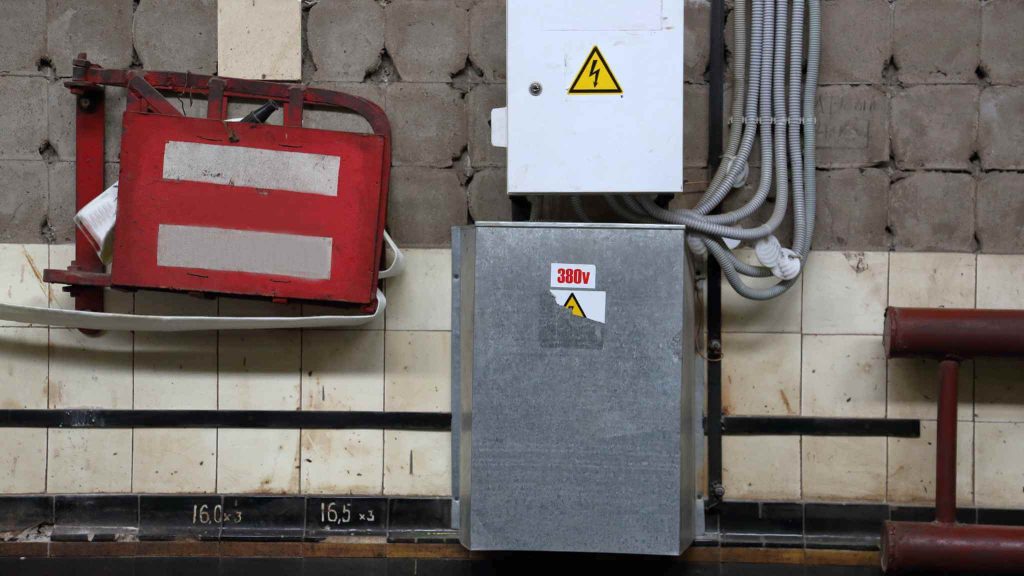
Discussion Of How To Assess The Victim’s Condition
Assessing the victim’s condition is an important step in providing first aid for electric shock. Here are some things to look for when assessing the victim’s condition:
- Check for signs of breathing and pulse. If the victim is not breathing, start CPR immediately. If the victim has no pulse, use an automated external defibrillator (AED) if available.
- Look for signs of burns or other injuries on the skin. Burns may be an indication of the path the electricity took through the body.
- Ask the victim if they have any pain or other symptoms.
Explanation of the steps to take to provide first aid for electric shock
The steps to take to provide first aid for electric shock can vary depending on the severity of the shock. Here are some general steps to follow:
- Ensure the victim is safe and away from the electrical source.
- Call for emergency medical help immediately.
- If the victim is unconscious but breathing, place them in the recovery position.
- If the victim is not breathing, start CPR immediately.
- Check for signs of burns or other injuries on the skin, and provide appropriate first aid.
- If the victim is experiencing pain or other symptoms, provide comfort and reassurance until medical help arrives.
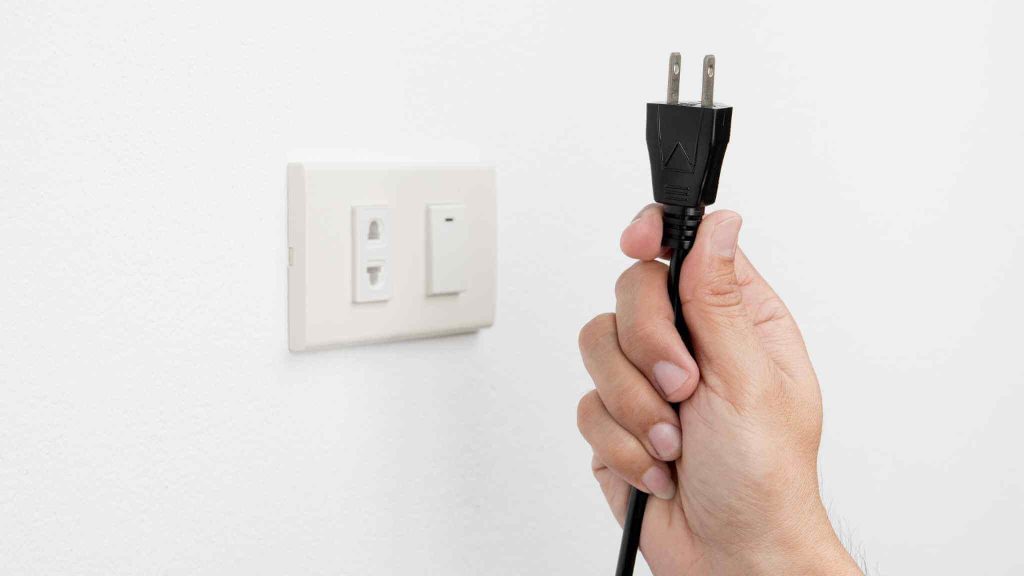
Discussion Of When To Seek Medical Help
Even if the victim appears to be unharmed, it’s crucial to seek medical attention after any electrical accident. Some symptoms of electric shock may not appear immediately and may require medical treatment. Seek medical help if the victim experiences any of the following symptoms:
- Irregular heartbeat or chest pain
- Seizures or convulsions
- Difficulty breathing or shortness of breath
- Pain or tingling in the affected area
In summary, providing first aid for electric shock requires quick action, assessment of the victim’s condition, and careful steps to ensure the safety and well-being of the victim. Seek medical help as soon as possible, and do not touch the victim until you’re sure it’s safe to do so.
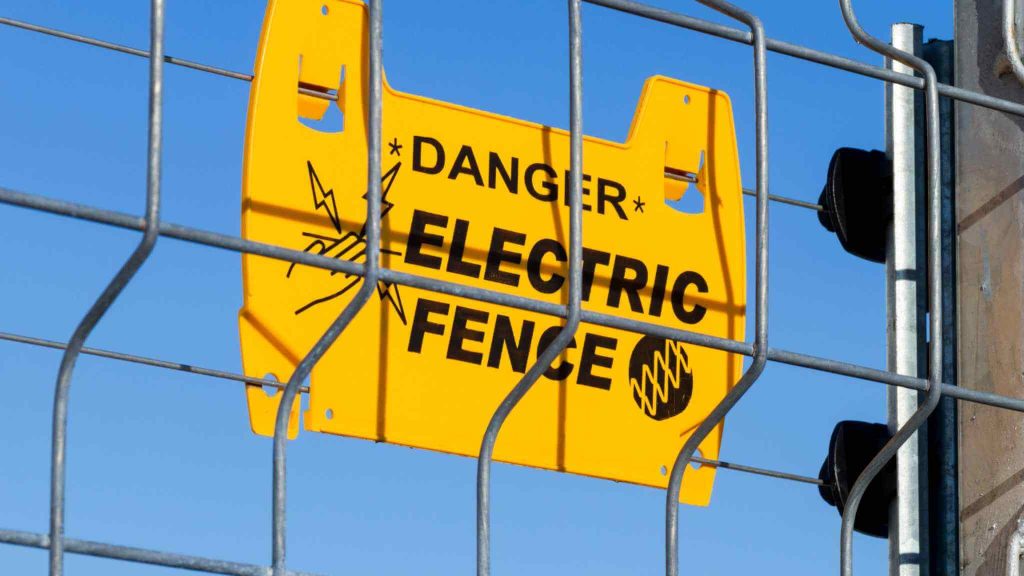
Preventing Electric Shock
Overview of the safety measures to prevent electrical accidents
Preventing electrical accidents is crucial to ensuring the safety of people and property. Here are some general safety measures to follow:
- Regularly check and maintain electrical appliances and devices.
- Do not overload electrical outlets or extension cords.
- Keep electrical cords and devices away from water and wet surfaces.
- Use ground-fault circuit interrupters (GFCIs) in wet areas.
- Keep electrical appliances and devices away from flammable materials.
You will learn more about prevention in any CPR LVR training course.
Explanation of the safety tips for handling electrical appliances and devices
Using electrical appliances and devices safely can help prevent electrical accidents. Here are some safety tips to follow:
- Always follow the manufacturer’s instructions for use.
- Unplug appliances when not in use.
- Do not touch electrical appliances or devices with wet hands or while standing on a wet surface.
- Do not use damaged or frayed electrical cords.
- Do not use damaged electrical appliances or devices in the presence of flammable materials.

Discussion of the safety guidelines for working with electricity
Working with electricity requires proper training and safety precautions. Here are some safety guidelines to follow:
- Ensure that electrical equipment and tools are properly grounded.
- Use personal protective equipment (PPE) like rescue gloves and safety glasses.
- Turn off the electrical source before working on electrical equipment.
- Follow lockout/tagout procedures to prevent accidental energization.
- Use a voltage detector to verify that the electrical equipment is de-energized.

Overview Of The Safety Measures To Take In Case Of An Electrical Emergency
In case of an electrical emergency, it’s important to take quick and decisive action. Here are some safety measures to follow:
- Turn off the electrical source if it’s safe to do so.
- Call for emergency medical help immediately.
- Don’t touch the victim until you’re sure it’s safe to do so.
- Use LVR equipment like recue gloves and an insulation crook, or a non-conductive object like a wooden stick to separate the victim from the electrical source.
- Follow the guidelines for providing first aid for electric shock.
In summary, taking safety measures to prevent electrical accidents, using electrical appliances and devices safely, following safety guidelines for working with electricity, and knowing what to do in case of an electrical emergency can help ensure the safety and well-being of people and property. Always prioritize safety when working with or around electricity.
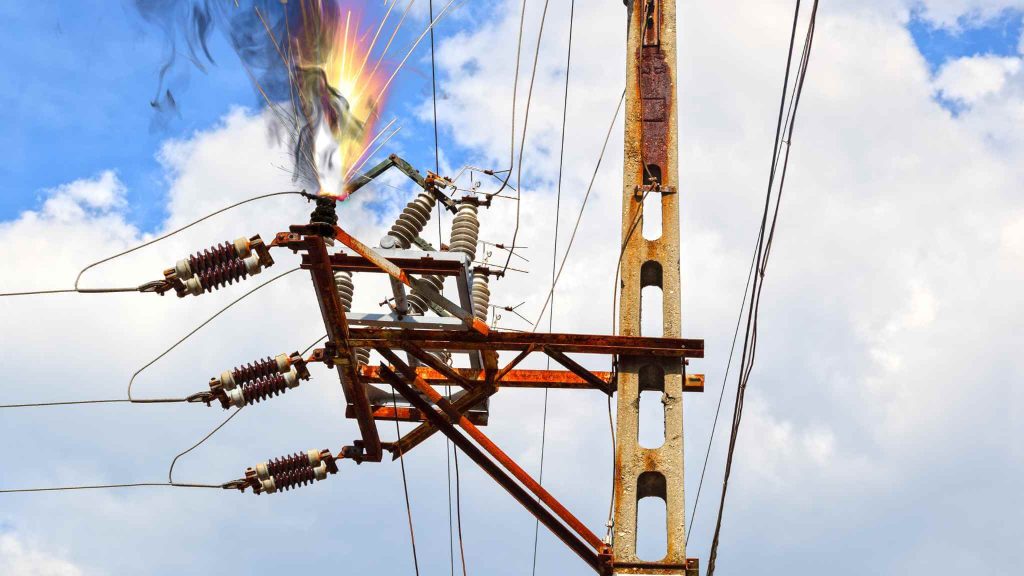
In this blog post, we’ve covered the following topics related to first aid for electric shock:
- Understanding electric shock and its different types and symptoms.
- Guidelines for responding to an electric shock emergency, how to assess the victim’s condition, and the steps to take to provide first aid.
- Safety measures to prevent electrical accidents, safety tips for handling electrical appliances and devices, and safety guidelines for working with electricity.
- Overview of the importance of first aid for electric shock and the need to seek medical help.
- Attend a CPR/LVR first aid course to get all the information and training you need for an emergency.

Final Thoughts On The Importance Of First Aid For Electric Shock
Electric shock can cause serious injuries and even death.
Knowing how to provide first aid for electric shock is crucial in ensuring the safety and well-being of the victim.
Quick action, assessment of the victim’s condition, and careful steps to provide first aid can make a significant difference in the outcome of an electric shock emergency.
By following the guidelines and safety measures discussed in this blog post, you can help prevent electrical accidents and be better prepared to respond to an electrical emergency.
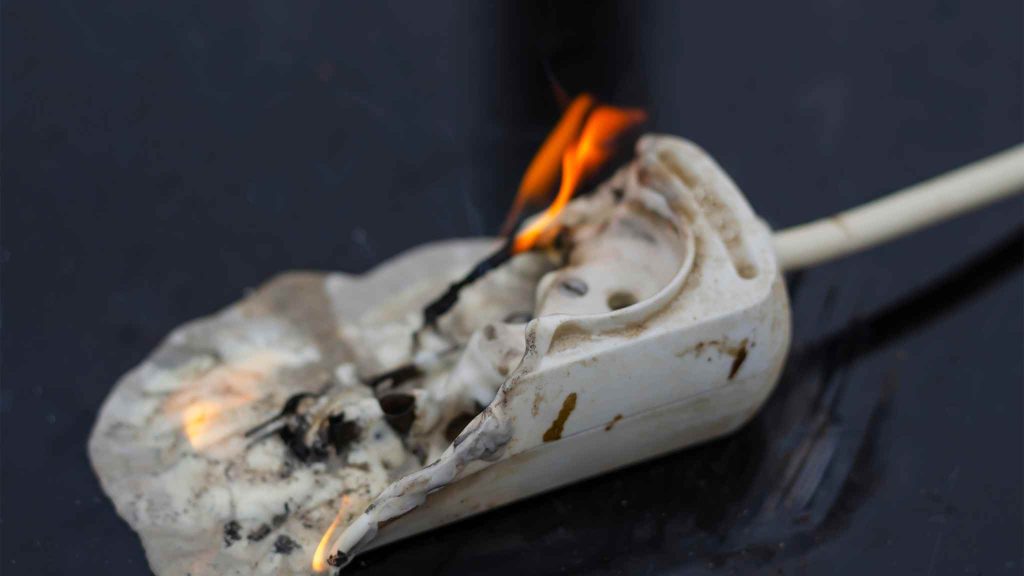
Learn More About First Aid For Electric Shocks And LVR CPR Courses
Our Baby First Aid Courses
Our baby first aid courses are available in person in your home and online. We run classes in your home with groups of 2, 4 or up to 10 in Sydney & Melbourne and you can book in 3 easy steps!
- Pick your class
- Follow the prompts to purchase
- We will contact you within 24 hours to lock in your date of choice
Our First Aid Certificate Courses
We run most of the popular first aid courses Australia wide. HLTAID011 Provide First Aid, HLTAID009 Provide CPR, HLTAID012 Provide First Aid in an Education & Care Setting, RAMOAP (anaphylaxis), Mental Health first aid and CPR/LVR to name a few.
Book your public spot online or contact us if you have a group of 5+ people for onsite training.
Here are some other resources you may enjoy!
FREE GUIDE: Your Virtual Baby First Aid Kit
FREE GUIDE: Introducing Common Allergy Foods & Allergic Reactions
FREE Workplace Emergency Preparedness Plan: Grab this at the bottom of every page!
Follow for baby & child first aid and allergy info and tips on Instagram & TikTok, all @thenestcpr
